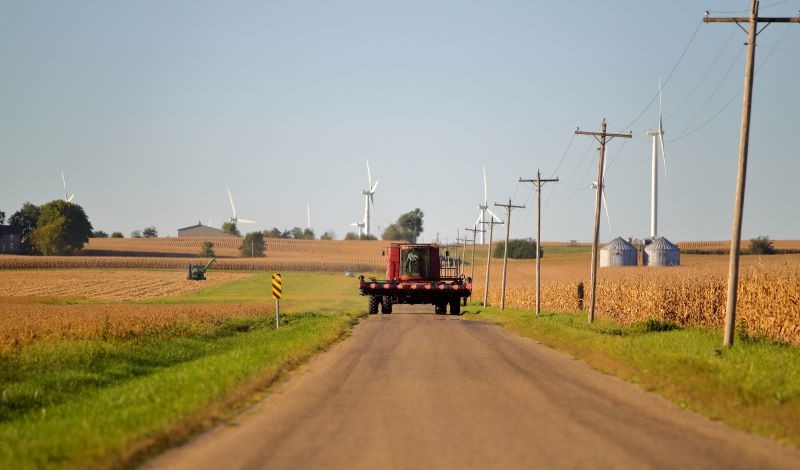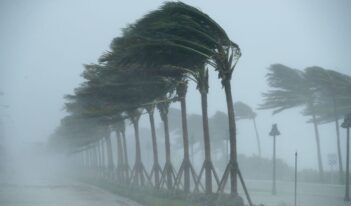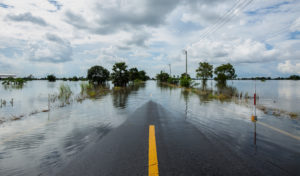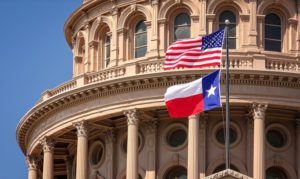
Report outlines why rural communities susceptible to natural disasters need more federal resources.
As natural disasters intensify, rural communities rely on federal assistance to prevent the worst outcomes. The Federal Emergency Management Agency (FEMA) funds disaster prevention and recovery efforts in those communities and has allocated $1.5 billion over the last two years to support prevention efforts nationwide.
In a Center for American Progress report, Kevin Manuele, a freelance worker at American Progress, and Mark Haggerty, a senior fellow on the energy and environment team at American Progress, contend that FEMA’s focus on pre-disaster resilience in rural communities—which is a new focus for the agency—is the right approach.
Manuele and Haggerty argue that for FEMA’s funding efforts to be successful, the agency must learn from its failures. They maintain that rural communities’ lack of basic capacity creates barriers to federal assistance that have “exacerbated geographic inequality and eroded trust in the federal government.” Without investing in the pre-disaster resilience of those communities, Manuel and Haggerty contend that the United States will not achieve climate resilience or build equitable economies nationwide.
FEMA previously allocated most of its funding to post-disaster relief. Manuele and Haggerty criticized this approach, contending that pre-disaster relief would better serve the rural areas most vulnerable to climate disasters by allowing them to protect the natural environment. Furthermore, Manuele and Haggerty argue that FEMA’s post-disaster aid is inequitable in its distribution. The agency, they note, delivers more post-disaster aid to wealthy communities and individuals than to those who are poorer and more vulnerable.
Manuele and Haggerty also contend that, although it is the right focus, FEMA’s current pre-disaster efforts are inadequate. They argue that only a small portion of FEMA’s funding goes to those efforts although pre-disaster resilience is more cost efficient than post-disaster funding. For instance, Manuele and Haggerty note that every dollar allocated to pre-disaster mitigation saves six dollars spent on post-disaster recovery.
FEMA allocates disaster funding through a program aimed at building resilient infrastructure and communities. The program includes a national competition between climate resilience projects to fund efforts to protect communities before natural disasters occur. In addition to this competition, the program funds planning and capacity grants for states, territories, and tribal governments. Manuele and Haggerty note that the program includes set-asides for tribal governments to preclude them from having to compete with non-tribal governments for funding.
Manuele and Haggerty conclude that this focus on pre-disaster resilience is a notable shift on which the 2021 Infrastructure and Jobs Act builds by doubling the program’s funding and prioritizing equity. But they claim that the program is biased against rural communities because its application process demands resources that rural communities do not possess.
The national competition program, for example, requires significant technical expertise, time, and money—resources that rural communities often lack. State officials identified this limited capacity as the biggest barrier to rural communities applying for funding under this program.
Moreover, Manuele and Haggerty indicate that states and territories often cannot reuse for other federal grant applications the information they use to apply for FEMA’s program. Manuele and Haggerty contend that, for this reason, the grant process may erode rather than build rural capacity in communities that do use their limited resources to apply for this program.
Manuele and Haggerty see potential in the opportunities FEMA’s program offers and outline recommendations to improve it. They propose additional noncompetitive funding opportunities and better coordination of grants among federal agencies to address rural communities’ capacity concerns. Manuele and Haggerty also suggest that FEMA offer technical guidance to rural communities, complete some of the data and application requirements for them, and remove criteria such as building code compliance that disadvantage those communities.
Manuele and Haggerty note that their short-term recommendations are separate from building capacity in rural communities. They argue that capacity building is a local and sustained investment in staffing and expertise. Capacity building to Manuele and Haggerty does not include temporary assistance and one-time funding opportunities. Instead, they contend that building rural capacity includes long-term resources such as incorporating AmeriCorps volunteers into rural communities’ project management processes.
In addition to limited capacity, Manuele and Haggerty conclude that social vulnerability drives the rising cost of damages from climate disasters. They determine social vulnerability by comparing rural communities based on the communities’ shares of people living in poverty, disproportionate populations of old or young people, minority populations, and degree of isolation.
Manuele and Haggerty observe that rural communities with greater social vulnerability are more likely to be in areas that are more susceptible to natural disasters. They point to the history of racial discrimination and increasing economic inequality to underscore how segregation has pushed poorer residents into vulnerable areas. As Manuele and Haggerty mention, 19 million people who are disproportionately Black and Native American live in these communities which are concentrated in rural areas in Southern states.



